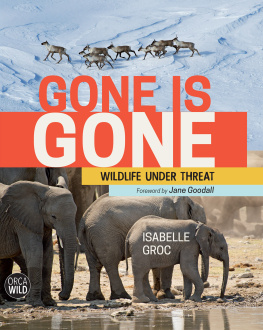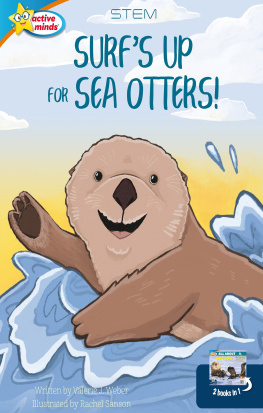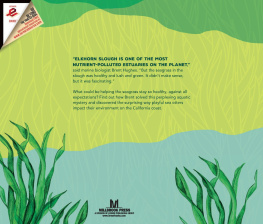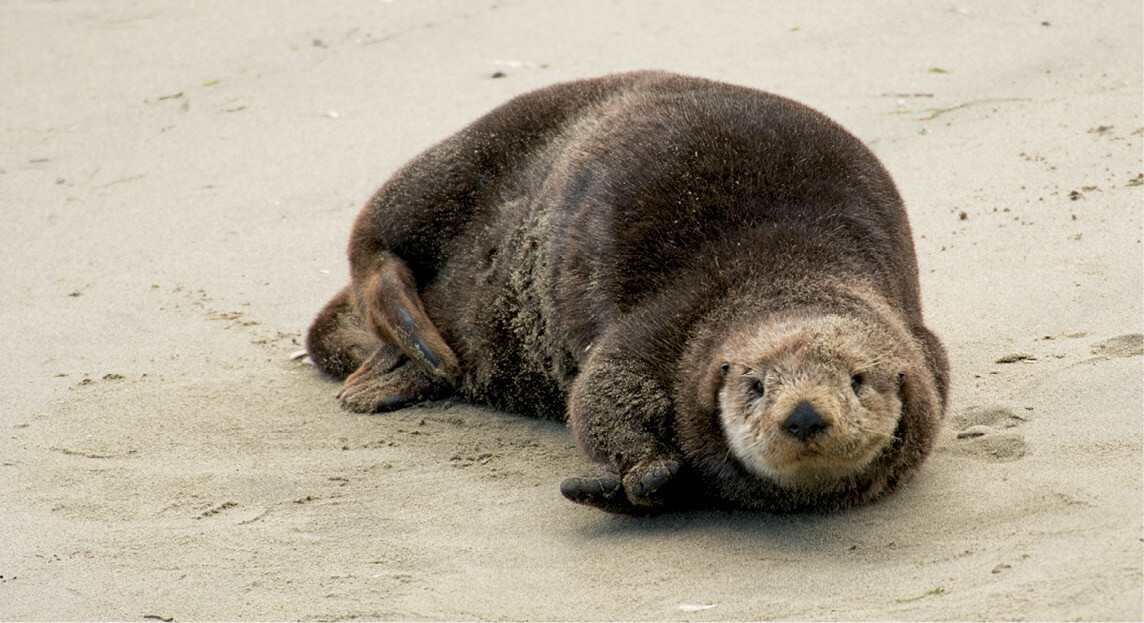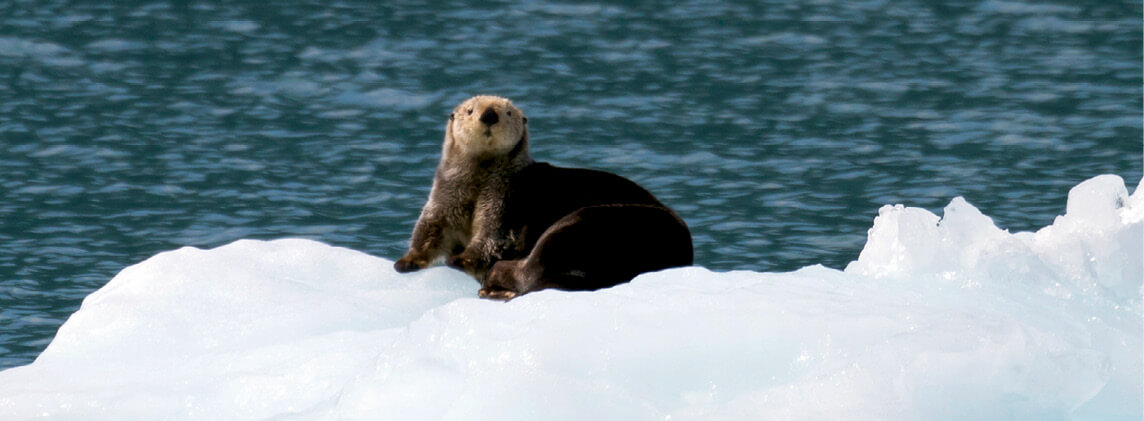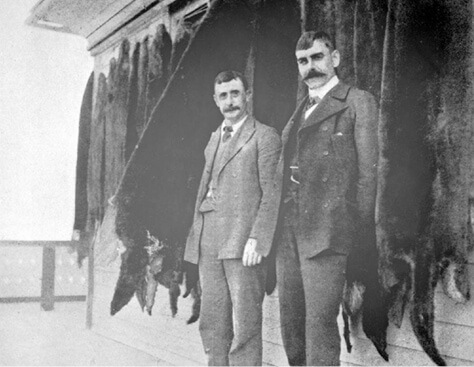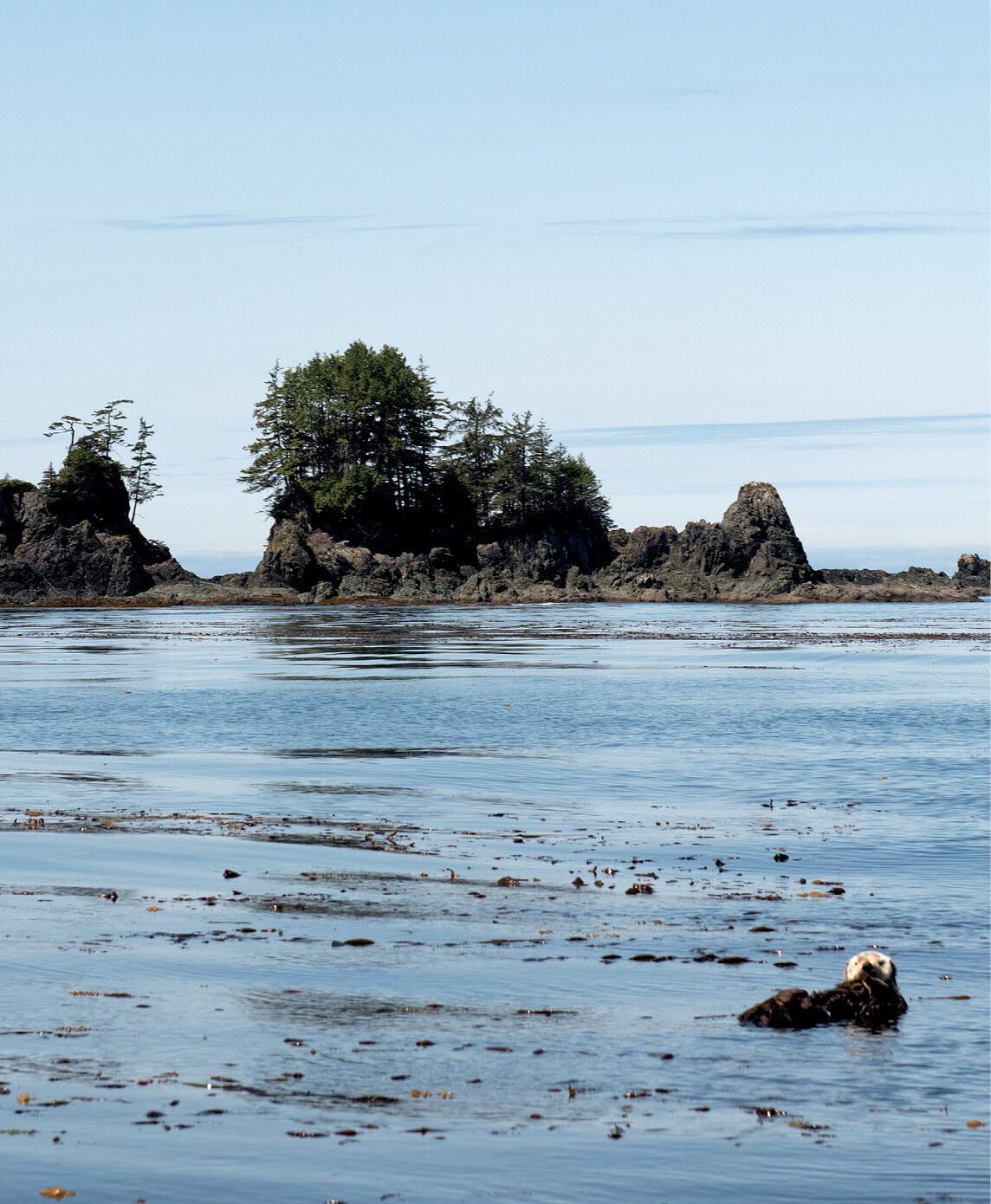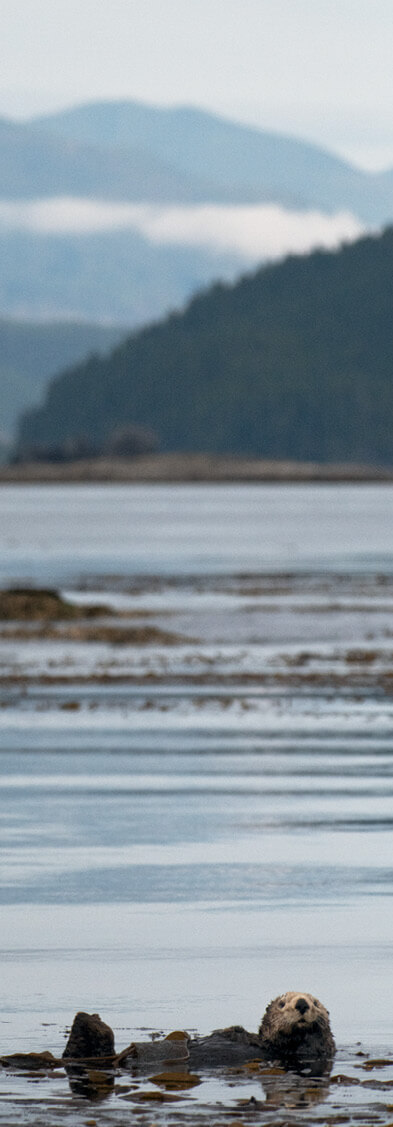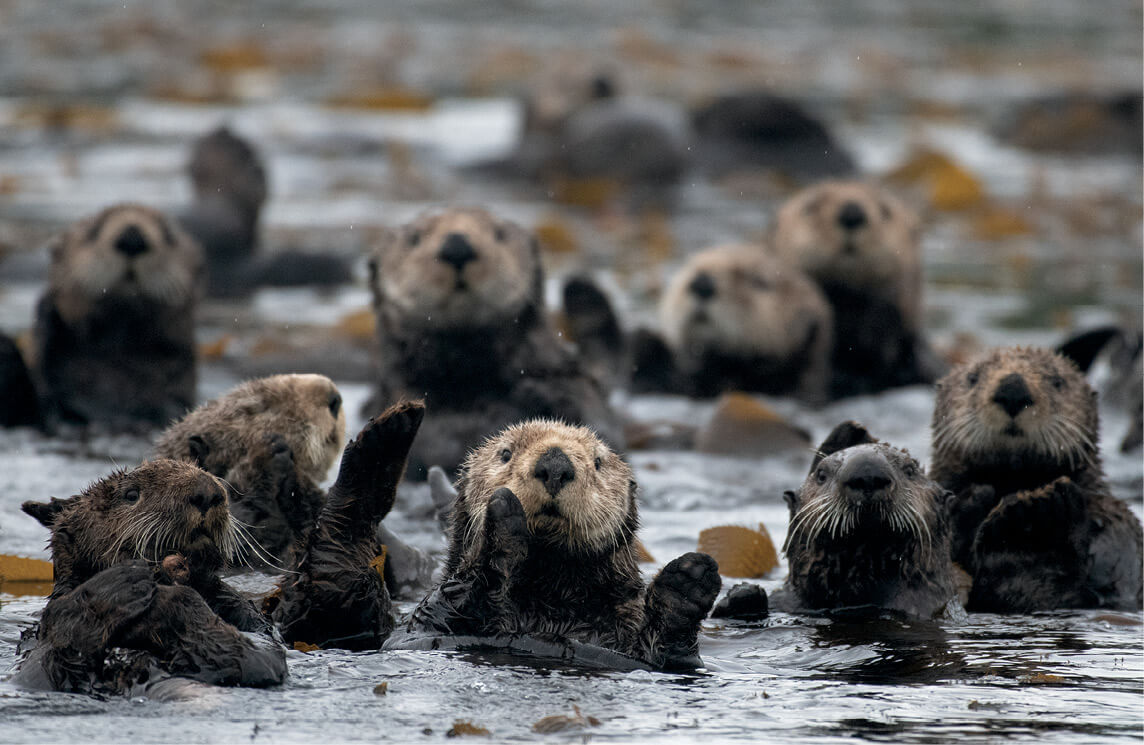Isabelle Groc - Sea Otters: A Survival Story
Here you can read online Isabelle Groc - Sea Otters: A Survival Story full text of the book (entire story) in english for free. Download pdf and epub, get meaning, cover and reviews about this ebook. year: 2020, publisher: Orca Book Publishers, genre: History. Description of the work, (preface) as well as reviews are available. Best literature library LitArk.com created for fans of good reading and offers a wide selection of genres:
Romance novel
Science fiction
Adventure
Detective
Science
History
Home and family
Prose
Art
Politics
Computer
Non-fiction
Religion
Business
Children
Humor
Choose a favorite category and find really read worthwhile books. Enjoy immersion in the world of imagination, feel the emotions of the characters or learn something new for yourself, make an fascinating discovery.

- Book:Sea Otters: A Survival Story
- Author:
- Publisher:Orca Book Publishers
- Genre:
- Year:2020
- Rating:3 / 5
- Favourites:Add to favourites
- Your mark:
Sea Otters: A Survival Story: summary, description and annotation
We offer to read an annotation, description, summary or preface (depends on what the author of the book "Sea Otters: A Survival Story" wrote himself). If you haven't found the necessary information about the book — write in the comments, we will try to find it.
Sea otters once ruled the Pacific Ocean, but the fur trade of the eighteenth and nineteenth centuries brought this predator to near extinction.
Today theyre slowly coming back from the brink, and scientists are learning more about their pivotal role as one of natures keystone species. This book looks at the history, biology, behavior and uncertain future of sea otters. Author and photojournalist Isabelle Groc takes us into the field: watching sea otter rafts off the British Columbia coast from a kayak, exploring what makes their fur coats so special, understanding how their voracious appetites are helping kelp forests thrive and, ultimately, learning how sea otters are leaving their mark (or paws) on every part of the ecosystem. They might be one of the most adorable creatures in the ocean, but kids will discover how their survival is key to a rich, complex and connected ecosystem.
Isabelle Groc: author's other books
Who wrote Sea Otters: A Survival Story? Find out the surname, the name of the author of the book and a list of all author's works by series.

